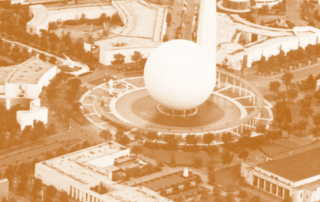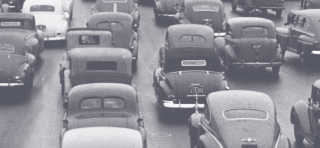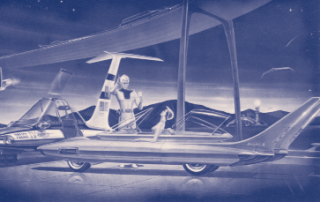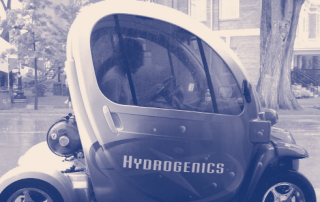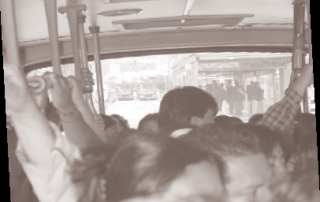ACCESS 27, Fall 2005
Opinion: In Praise Of Diversity
Paul Craig
The car has massively transformed physical and cultural aspects of every advanced society. It has enriched our society enormously. It has also cost us heavily and become a victim of its own success. External factors play growing roles. It seems likely that gasoline prices will remain high and that supplies will remain uncertain. Global climate change is becoming serious. So, it’s time to move ahead—to develop transportation systems for the 21st Century. The devastation in New Orleans makes that unfortunate city a good place to start. It’s going to be rebuilt, and that should be done with a view to the next century, not the last.

